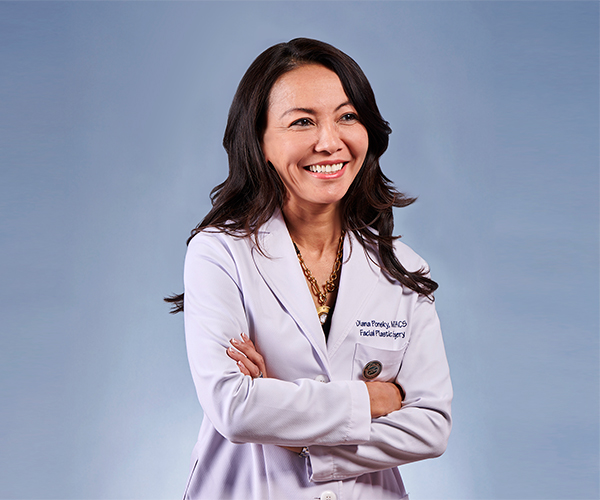Dr. Charles Kunos
Summa Health System
Q. How do you find the group of cells you're targeting?
A. Most often, we get a PET scan. That gives us information about the metabolism of the tumor. The PET scan can reflect overactivity in the cancer cells so that we have both anatomical information as well as biologic information. We then, as physicians, are charged with contouring out where we think the cancer cells are residing, and we use sophisticated computer programs to come up with radiation treatment angles and beam strengths to target the cancer cells.
Q. How accurate is the machine?
A. The patients don't wear lead aprons. We're trying to use the radiation to actually kill the cells. The Novalis machine is capable of stereotactic radiosurgery, in which we use pinpoint radiation targeting and localization, [which] allows us to precisely treat cancer cells and spare normal cells from injury. In the machine, there are what we call collimators that shape the beam so that it literally just treats the cancer cells and not anything else. It does go through the skin and organs to target the cancer, [but] the normal cells will see only a fraction of the high-intensity radiation doses; but you can imagine where all the beams are crossing, there's a build up of the radiation dose.
Q. How is this treatment different from the typical course of action?
Dr. Stanton Gerson
University Hospitals Seidman Cancer Center
Q. Why is the Comprehensive Cancer Center so important?
A. It coordinates the cancer research and delivery of new therapies, especially using clinical trials, throughout the region. We see more than 15,000 patients a year under the auspices of the National Cancer Institute. You wouldn't want the institutions to do [the research] three times. It is incredibly exciting because of the diversity of efforts we have and the accomplishments we're making: imaging sciences, new drugs, seeing the teams working together across the institutions.
Q. What is TRC102?
A. It's a compound that makes cancer chemotherapy work better. If we give TRC102 with chemotherapy, the tumor can't repair the damage [caused by chemo], and the tumor cell dies. We made the initial discovery of a pathway [created by the tumor itself]; that tumor-repair pathway reduces the effect of a whole variety of drugs. [TRC102] blocks the tumor-repair pathway. The drug itself isn't very effective unless it's given with chemotherapy.
Q. What are some of the biggest misconceptions in your line of work?
Dr. Lyndsay Harris
University Hospitals Seidman Cancer Center
Q. What will this study accomplish?
A. We hope to know from within 10 days to two weeks of starting treatment whether a woman needs to stay on the therapy she's on or switch to something better.
Q. What does this mean for treatment?
A. We're in the middle of a genomic tsunami. We're dealing with an absolute revolution in understanding disease and being able to implement treatment. Knowing the disease you have and treating it correctly will improve the length and quality of a patient's life.
Q. Can it also be used for other cancers?
A. The short answer is yes. [Genome testing] is an area of great interest for all cancer research: colon and lung cancer. Because each cancer has its own type of mutation, all these studies are important to do. But genome research is a little easier to do with breast cancer than say, lung cancer. That's because with lung cancer, it's hard to get access to the tumor.



